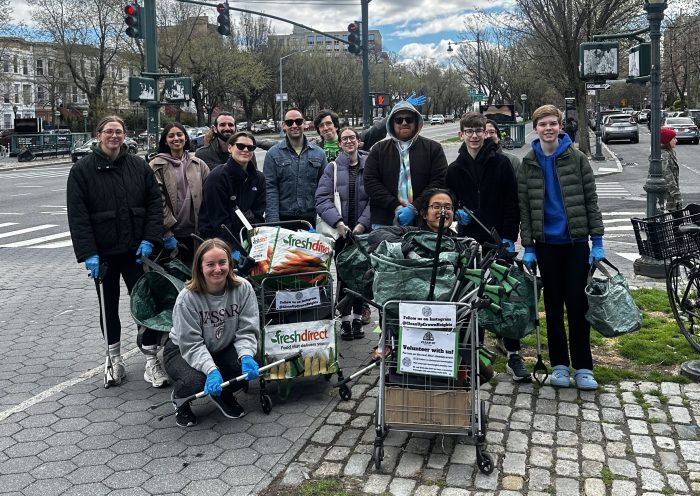Major League Soccer made a permanent home in the Big Apple just a few years ago. But on the lower levels of the sport, soccer has been a staple in Brooklyn for nearly seven decades.
The Brooklyn Italians, currently of the lower-tier National Premier Soccer League (NPSL), were established shortly after World War II by a group of Italian immigrants.
“It was kind of like a way to socialize with other Italian immigrants and from there they decided to get into the sports that they love and form a team,” said Fred DeMarco, the coach of the Italians’ U13 squad. “We evolved with the times. We weren’t only an Italian club. We had players and members of the club that were of different descents.”
Following their formation in 1949, the Italians became more competitive as time went on, winning leagues and tournaments. The most notable accomplishments are a pair of U.S. Open Cup trophies earned in 1979 (under the name Brooklyn Dodgers) and 1991.
Their clubhouse, located on the corner of 18th Avenue and 58th Street in Mapleton, carries the club’s rich history on its wooden walls.
“Every trophy that has ever been won, whether at the youth level or the adult side, is in that clubhouse,” DeMarco said. “Not many clubs in the city or the country have a clubhouse that they could truly call their own. It’s been with us since the beginning.”
The Italians believe in youth development that opens a path to their senior team.
“Most teams in New York are focused on [either the youth or senior team],” DeMarco said. “We have a good combination of it all.”
Unlike MLS’ New York City FC, the Brooklyn Italians are the historic, local club that focuses on being a part of their immediate community. The senior team plays at LIU Brooklyn’s Athletic Complex, while the youth teams play and train at Calvert Vaux Park and John Dewey High School.
“[Community] is very important,” DeMarco said. “We want to keep our fields local, easy for players and parents to get to. We want to keep them in the community.”

















